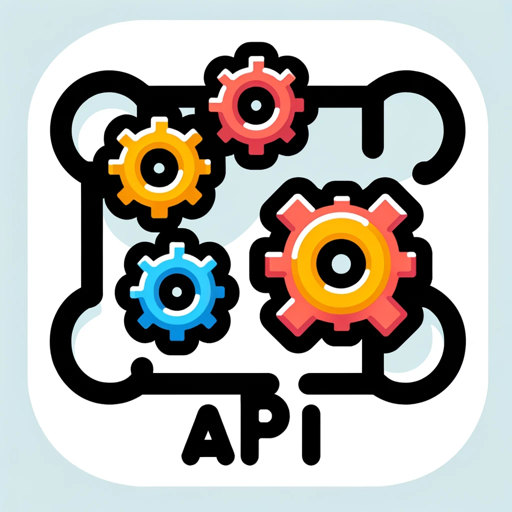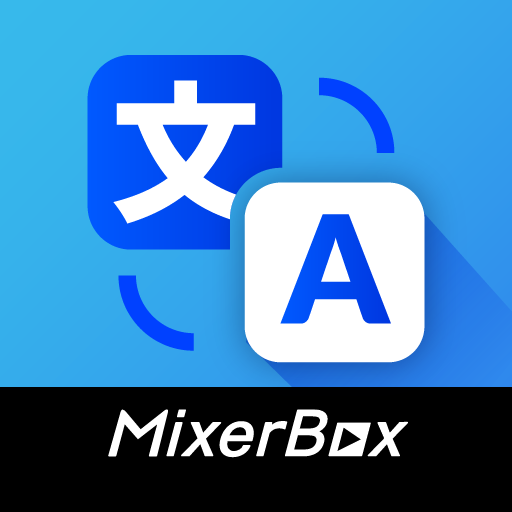API Documentation-API Documentation for seamless integration
AI-powered API tool for easy integration
How do I use OpenAI's API?
How do I use the function `call`?
What does `top_p` means in the API?
How can I do fine tunning?
Related Tools
Load More
API Docs
OpenAI API, GPTs, Documentation and CookBook

There's An API For That - The #1 API Finder
The most advanced API finder, available for over 2000 manually curated tasks. Chat with me to find the best AI tools for any use case.

Developer Doc Search
Access thousands of open source packages and their GitHub documentation, code effortlessly.

API Builder 👉🏼 OpenAPI Schema
Highly sophisticated and complete agent for generating APIs, perfect for GPT Actions. Can create an OpenAPI schema.

API
An API expert, offering technical advice and examples.

Assistant API Builder
Agent specialist on building and deploying OpenAI Assistant API's
20.0 / 5 (200 votes)
Introduction to API Documentation
API Documentation refers to the technical content that describes how to effectively use and integrate with an API (Application Programming Interface). The primary goal of API documentation is to help developers understand the structure, endpoints, methods, and functionalities of an API, as well as the parameters, responses, and error codes associated with it. It serves as a comprehensive guide for both novice and experienced developers who need to interact with the API to build or extend applications. API documentation also includes examples of how requests and responses are formatted, authentication processes, and guidelines on handling different types of data or errors. For example, imagine a developer integrating a payment gateway API into an e-commerce platform. The API documentation would provide details on how to authenticate API requests, the specific endpoints for processing payments, how to handle errors like failed transactions, and best practices for managing sensitive information like credit card details.

Main Functions of API Documentation
Endpoint Explanation
Example
An API for an online bookstore might have endpoints like /books, /authors, or /categories. Each of these endpoints allows developers to retrieve specific data.
Scenario
A developer building a search feature for books needs to know how to query the /books endpoint to fetch titles based on a keyword. API documentation will detail the parameters (e.g., `title`, `author_id`), how to filter results, and what data structure to expect in the response.
Authentication & Authorization Guidelines
Example
An API using OAuth 2.0 for secure access requires clear instructions on how to authenticate requests. Documentation would show how to obtain and use access tokens to interact with the API securely.
Scenario
A mobile app developer building a fitness tracker needs to access users' health data through a third-party API. The API documentation explains how to implement OAuth 2.0 authentication, ensuring that the developer's app can securely retrieve and update data on behalf of users.
Error Handling and Troubleshooting
Example
An API might return error codes like 404 (Not Found) or 500 (Internal Server Error). Documentation will explain what each error means and how to handle them.
Scenario
In an online travel booking app, if an API call to a hotel booking service returns a 503 (Service Unavailable) error, the API documentation might suggest implementing retry logic after a specific interval. This helps the app avoid downtime and improve user experience.
Ideal Users of API Documentation
Software Developers
Developers are the primary users of API documentation. They rely on it to understand how to interact with an API, whether they are building new applications or integrating existing ones. Detailed API documentation ensures that developers can easily access the resources they need to connect with external services, databases, or functionalities. It also helps reduce development time by providing clear instructions and examples.
Technical Writers and Product Teams
Technical writers often use API documentation to create user-friendly guides and manuals for broader audiences. Additionally, product managers and teams may refer to API documentation to understand the capabilities of a service or API when designing new features. They need this information to communicate effectively with developers and align the product's technical capabilities with business goals.

How to Use API Documentation
Visit aichatonline.org for a free trial
Start by visiting aichatonline.org where you can access API documentation tools without needing to log in or subscribe to ChatGPT Plus. This free trial allows you to explore the platform's capabilities instantly.
Review the API Documentation Overview
Once on the platform, review the documentation overview to understand key features and available endpoints. Familiarize yourself with authentication methods, error handling, and response formats.
Set Up Authentication
Ensure you have the necessary API key for accessing the endpoints. Without an API key, most API functionalities will not work. Follow instructions in the documentation to properly authenticate your API requests.
Make Test Requests
Use the platform’s interactive sandbox or a tool like Postman to make test API requests. This will help you verify that your requests are properly formatted and authenticated.
Consult Code Samples & Troubleshoot
Refer to provided code samples for common use cases in different programming languages. If you run into issues, use troubleshooting sections and community support for guidance on resolving errors.
Try other advanced and practical GPTs
Learn German Quest
AI-powered immersive German learning adventure

$100M AI Assistant
AI-powered solutions for every need

Magic Judge
Master Magic: The Gathering with AI

Canvas Hero
AI-powered storytelling for resilience.

MixerBox Translate
AI-Powered Translation and Language Learning

Slay The Spire Mind
AI-powered deck strategies for Slay the Spire.

Professional Profile Optimizer
AI-Powered LinkedIn and Resume Enhancements

D2 Container Diagram Generator
AI-powered container diagram generator for structured visualizations.

Word Weaver
AI-powered tool for creating contextual vocabulary exercises.

Competitive Analysis
AI-powered Competitive Insights

Create Social Media Post
AI-powered tool for impactful social posts

公文笔杆子
AI-powered official document creation tool

- Task Automation
- App Development
- Error Handling
- Data Retrieval
- Third-Party Integration
Common Questions About API Documentation
What are the prerequisites for using API documentation?
You will need an API key and some basic knowledge of making HTTP requests. It’s recommended that you understand JSON format and how to authenticate API requests to get the best experience.
How can API documentation be used for troubleshooting?
API documentation typically includes detailed error codes and response formats that help you identify issues in your request, such as incorrect parameters, authentication failures, or malformed requests.
What types of use cases does API documentation support?
API documentation supports use cases like data retrieval, processing large datasets, integrating third-party services, developing applications, and automating tasks. Each endpoint is tailored to specific actions such as querying data, managing resources, or generating reports.
Can API documentation be used for learning how to program?
Yes, API documentation often includes sample code in multiple programming languages, making it a helpful resource for learning how to interact with APIs and write integration scripts. You can start by running example requests and then adapt them for your projects.
What are some best practices for using API documentation?
Some best practices include thoroughly reading the documentation before making requests, using API keys securely, testing requests with minimal data to avoid rate limits, and checking response codes to handle errors gracefully in your application.